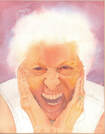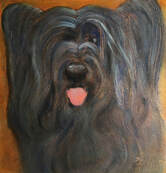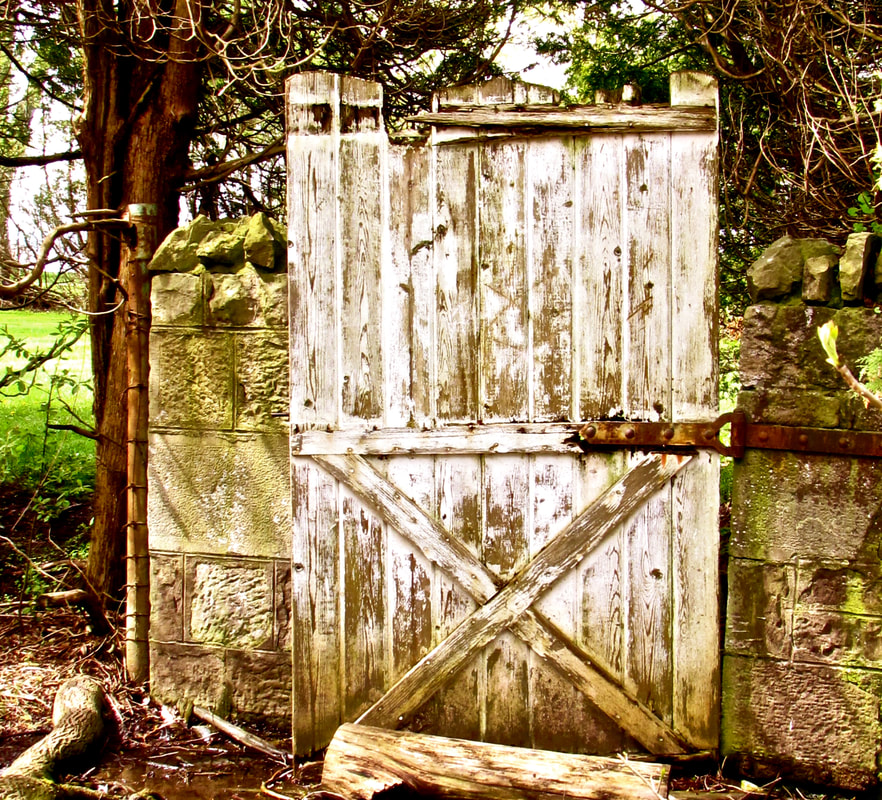
Beside Richler sits Dropped Threads — also a collection, edited by Carol Shields and June Callwood, this time of women’s reflections about the surprises that life dishes out. “Old Age’’ (Callwood’s contribution) is my favourite. Physical appearance gets barely more than a nod — “In my mind’s eye I look the way I did for most of my life, with a face and body neither so beautiful nor so ugly as to require upkeep;” which is exactly the way I feel, though she too made me laugh out loud: “One morning our granddaughter, age seven, was watching me dress. ‘Oh, I see,’ she said pensively. ‘When you’re old your nipples point down.”
Made you look.
Other than the obvious, Callwood is struck by how little we actually change: ”Those of us, notably me, born under the celestial sign of impetuosity are still reacting just a microsecond ahead of thought.” Sounds familiar. She claims, moreover, to have acquired in seven and a half decades only two pieces of wisdom (both of which I also agree with, by the way). The first is that you “can’t fix anyone.” No argument there. More importantly, she also realizes that “if…I interfere when something isn’t fair — even if I screw up the intervention, even if it doesn’t succeed”, she will feel less guilty “than if I decide injustice isn’t my business and pass by. This is described, by people who haven’t given it a try, as meddling. I prefer to think of it as character building.” What a delight June Callwood was — funny and wise; aren’t we lucky to have known her, if only at a distance.
I also miss Carol Shields, though her writing remains inspirational:
(I)n the calmer, cooler evenings…the phrase tempus fugit would return to me, beating at the back of my brain and reminding me that time was rushing by. I was spooked, frightened by what this meant. And then, quite suddenly, I realized it meant nothing. Tempus did not fugit. In a long and healthy life, which is what most of us have, there is plenty of time. (…) Shallow time and fallow time. There is time in which we are politically involved and other times when we are wilfully unengaged. We will have good years and bad years, and there will be time for both. Every moment will not be filled with accomplishment; we would explode is we tied ourselves to such a region. Time was not our enemy if we kept it on a loose string, allowing for rest, emptiness, reassessment, art and love, This was not a mountain we were climbing; it was closer to being a novel with a series of chapters.
I needed that reminder this week, if only because sorting “stuff, while motivated by a desire for a simpler future, always toggles me back into the memories of a crazy-busy past. This weekend in particular, everything reminds me of a dear friend -- a historian whose well-researched and fair-minded texts influenced a generation of Canadian History students. Ron, who has been part of my life for half a century, died on Friday. Rest in peace, old friend.
Ron habitually involved himself in the democratic process and I have been thinking a lot about that because it’s election season again. Like it or not, our votes constitute a choice of futures and the torch is in our hands. So here we all sit together in the eternal now, the only time we ever truly have, suspended between past and future while doing our best to keep the present on a loose string. Let’s practise thanksgiving every day without forgetting on October 19 that young people also deserve plenty of that commodity.
This watercolour is of my mother on her 80th birthday. I still miss that laugh.


 RSS Feed
RSS Feed
